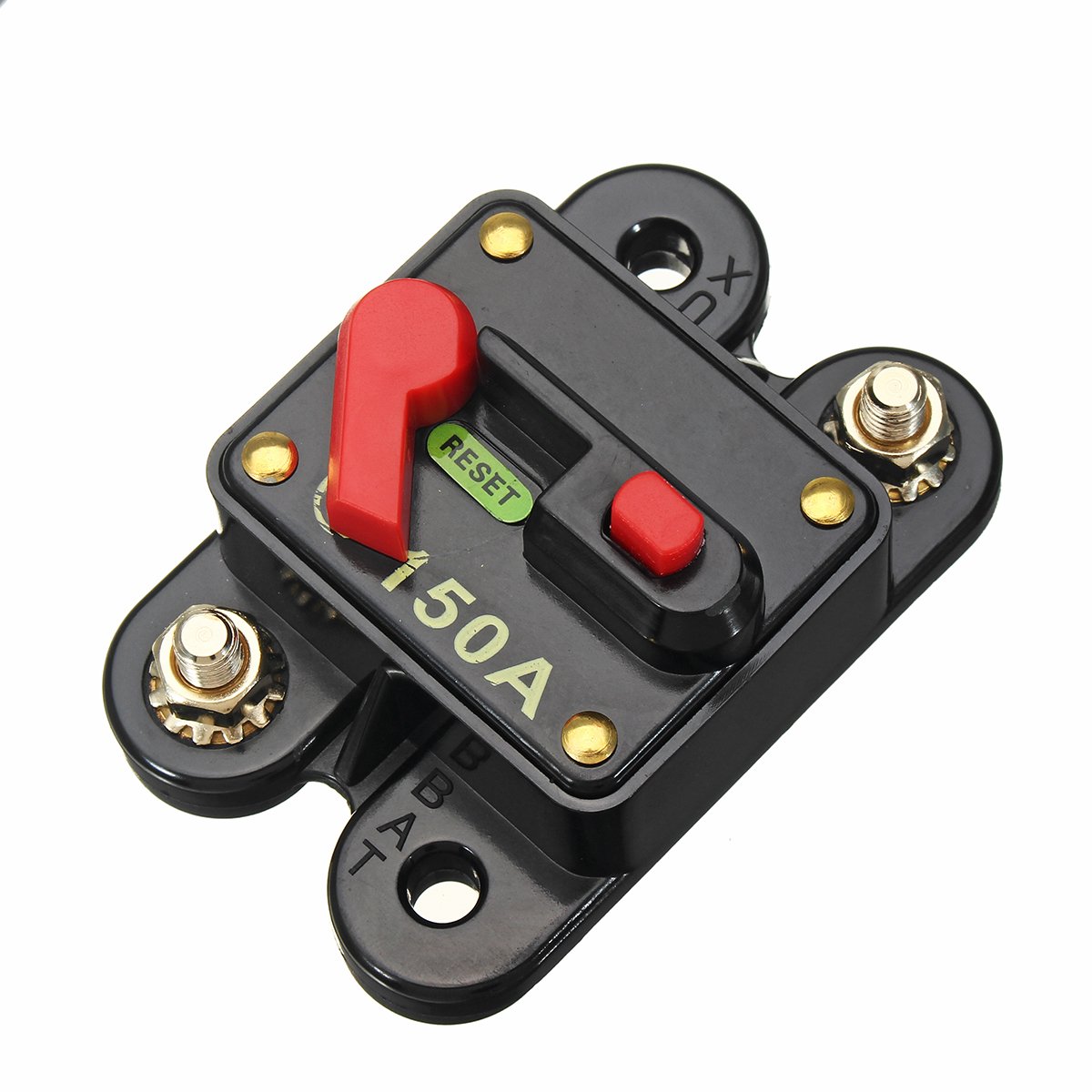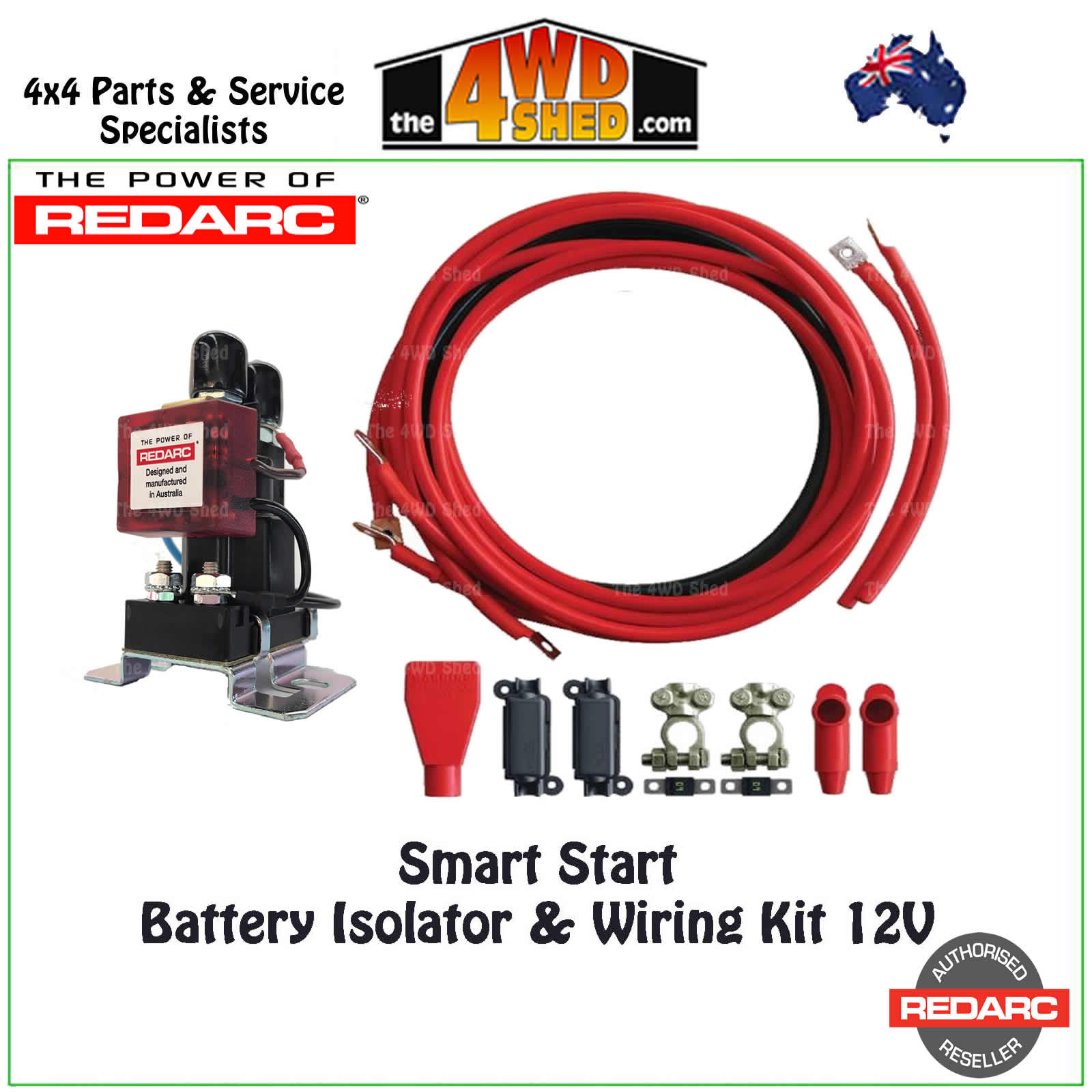


Factors beyond my control caused my house battery to be drawn down low, and I failed to notice that the ML-ACR didn't close when I started the van. For example, I currently have a "smart isolator" (Blue Sea ML-ACR) that is triggered only by voltage levels, and I ended up being caught short without power. It is a good idea (no matter which type of isolation relay you use) to include a voltage meter for the auxiliary battery side so that you can monitor what is happening with the system. Blue Sea has some relays like their ML-ACR that have more than one trigger line input so that you can achieve different isolation scenarios in cases where you have multiple engines, or you have delicate electronics, etc. Both types work, and neither causes a voltage drop because they are making a direct mechanical connection between the two primary terminals on the device. As an alternative mode of operation from the basic isolation relay, so-called "smart isolators" use voltage sensing circuitry that closes the relay when the voltage on one side or the other is above a preset level. The control circuit can be just a trigger wire that is tied to a 12VDC power source that is only energized when the vehicle is running - this causes the relay to close when the vehicle is running, but stay open otherwise. The "isolation" function arises from a control circuit. They have a relay that can either be "open" (no current flowing) or "closed" (current flowing) relay is just kind of electrically-controlled switch. I don't think too many of those are around any more, especially if you are dealing with a relatively new system.Īs far as I know the new technology "isolators" also known as "isolation relays" are all electromechanical devices.
#SMART BATTERY ISOLATOR FUSE INSTALL#
People with lithium batteries install B2B chargers as those batteries have different characteristic, but lead batteries are working with above connectors for close to 100 years just fine.Īs Kajtek1 says, the old technology "isolators" were electronic devices that did cause a voltage drop.

If they are matched - give it a try before jumping the guns. So start with checking what breaker you have and confirm the wire size. Only once having deeply discharged batteries, the 30 amp breaker was cycling and 4 hr of driving did not get batteries recharged.īut the same happen with converter, having 40 amp overload circuit. It work well to me as I either drive most of the day, or stay couple days with hookups as where I camp AC is needed 24 hr most of the time. When the long wire acted as resistor from over current, it took several hr of engine running to get 2 house batteries fully charged. In TC configuration the charging wire made 30-40' between truck panel under the hood and house batteries at rear of the camper. As long as the wire is protected by matches size of breaker - it will work, but small wire will give you some limitations.įor years I've been using Truck Camper, where camper was using factory charging wire from the truck.

They can go 1 or 2 ways without current drop.Ĭharging wire is personal choice. New generation items are co-called "combiner" or "separator" and use relay with electronic control panel. They had about 0.5V drop and were prone to current leaks. Isolators are older generation items and they used diodes as "check valves" for current.


 0 kommentar(er)
0 kommentar(er)
